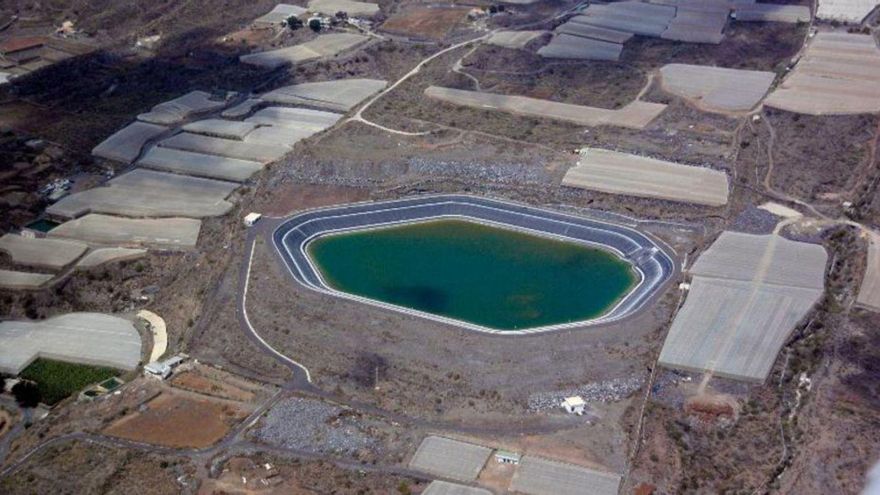
The council guarantees irrigation to the island’s farmers thanks to regenerated water, despite going through this dry winter. The last to receive the good news have been the producers of the South. The Island Councilor for Agriculture, Livestock and Fisheries, Javier Grill, ensures that this model allows reaching more stable levels to “provide peace of mind by ensuring the irrigation of crops.” Grill details that currently the treated residual water deposits are between 70 and 90% of capacity and that of the reservoirs is at 50%.
The also head of the public company Balsas de Tenerife (Balten) highlights the importance of the system for the stability of supply at times like the present, with low rainfall rates.
The agricultural water supply consists of 21 ponds, with a total capacity of more than five million cubic meters. Of these, 3.4 million are stored on the north side and 1.6 on the south, an area in which the reservoirs are at 66% of their capacity, while in the northern region they reach 43%, “although this index is affected by the Benijos pond, in the process of being prepared to be waterproofed”, he explains.
Parrilla lists the steps taken regarding reclaimed water. Among them, the expansion of the Adeje-Arona WWTP, which has doubled the volume of treated water. The extension of the treatment plant in Buenos Aires, in Santa Cruz, carried out by the state government, plans to reach 22,000 cubic meters of water per day. In addition, it recalls the forecast to complete the new stations in the coming years to incorporate some 72,000 cubic meters a day of regenerated water on the south side and 5,000 on the north.
















